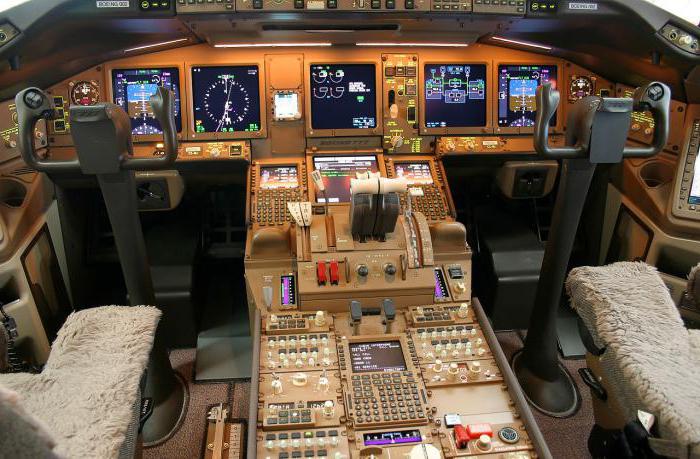For the average passenger, a successful airplane landing at the airport is the end of the journey. But few people think that preparation for this begins long before the chassis contacts the strip. The average landing speed varies around 200 km / h. The plane goes through several stages, touches the strip (at this moment, as a rule, a cloud of dust takes off behind the plane), then dampens the speed according to a special algorithm and stops.
Successful completion of the flight requires the coordinated work of both pilots (captain and co-pilot) and several air traffic controllers. If a failure occurs in one of the links, the result is most often one. According to accident statistics , takeoff and landing are two of the most dangerous moments of any flight.
Turn off mobile phones
You may not hear this phrase in ultra-modern airliners, but in most aircraft this requirement must be strictly observed. The safety rules of flights with which you agree when boarding, require the implementation of this paragraph in order to avoid interference with the operation of devices, of which there are more than a hundred in a modern passenger liner. Of course, with ubiquitous computerization, it seems that the number of instruments has decreased, one on-board computer monitors everything, but, for example, this computer receives altitude data from an altimeter located on the panel in front of the crew member sitting on the left. If we talk about other flight parameters, then the sensors with which the computer is being monitored have not become less, rather, on the contrary.

This is what the cockpit looks like in the Boeing 777. The on-board computer screens (each pilot has his own) and controls are located on the horizontal panel between the pilots. The screens are independent - each pilot can view and configure the information that is currently needed. Aircraft landing is performed on instruments that have separate screens in front of the helm, but at new airports the computer on board is able to interact with the equipment of the strip itself.
Return the curtains to their original position (open)
The request for raising the curtains has the design features of a modern liner. Pilots, sitting in the cockpit, can assess the flight situation by the testimony of the computer, but the computer or the sensor will not show any emergency situation at once. But neither they nor the computer are able to see what is happening with the wings. The devices will record a fuel leak, but the device is not able to say exactly where it occurs. And if the plane lands outside, the flight attendants, having a picture overboard, will be able to warn the pilot, and through him ground services.
What companies will not say
There are a few rules that the company won’t tell you about, but it’s worth knowing. Each company is part of a group, and sometimes using the planes of one group (or just a company) will help to save on tickets - all air carriers appreciate the loyalty program. When flying, it’s worth checking the reviews about the company and how it conducts this program.
It is always recommended to have sucking sweets with you. Take-off and landing of the aircraft are associated with fast climb or loss of altitude, and although now there are systems that can compensate for changes in pressure overboard, passengers may experience stuffiness in their ears and other not very pleasant sensations. If you are traveling with a small child - it is recommended to grab him a coloring book.
If you are flying for the first time, it is worth remembering about the toilet. It can be used in parking lots or in flight. But when the plane starts landing, the flight attendant is obliged to close it.
About how you will get from the airport to the place of residence, it is also worth asking in advance. Employees of the company know about this, but in 9 out of 10 cases they will tell you the most “expensive” way. If you are flying on a tourist trip, ask this question to the agent. Delivery to the place of residence is often included in the price of the permit.
Emergency situations
Situations may arise in each flight, the resolution of which will require an emergency landing at the nearest airfield. In most cases, no special actions are required from the passenger.
The plane sat on its belly as a result of problems with the landing gear. In such cases, it is recommended:
- quickly leave the plane;
- Do not move far from the plane so that rescue teams can find you;
- remove the table, and, as directed by the cabin crew, take the pose for an emergency landing.
This situation may never happen to you, but the proverb “warned = armed” has not yet been canceled.
Conclusion
The final stage of the flight is an airplane landing. And if the average passenger sits up to a complete stop of the aircraft at the end of the runway, then the emergency time comes for those accompanying the flight and maintenance personnel on the ground. The aircraft must be refueled, cleaned and sent to a new flight as soon as possible.